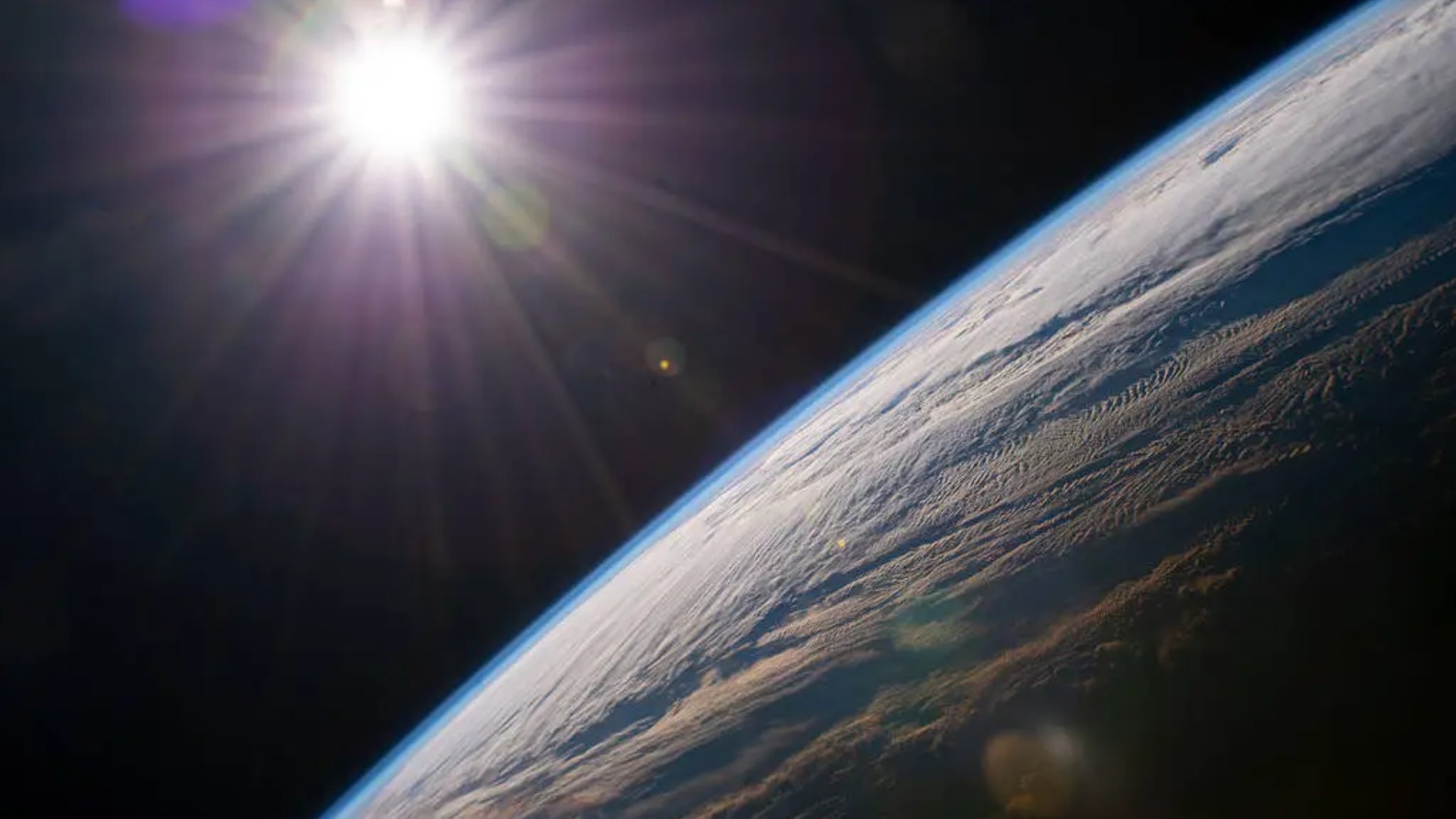Nasa’s Artemis program is scheduled to return astronauts to the Moon and establish a permanent orbiting laboratory by the end of the decade.
Meanwhile, private companies are making significant steps in taking paying customers further into space. As humanity’s footprint expands beyond the familiar terrains of Earth to the Moon and possibly beyond, an intriguing new field emerges from the final frontier: astroforensics.
This discipline, still in its infancy, is propelled by the inevitability of human nature. Space presents a unique and harsh environment for forensic investigations. Settings that present altered gravity, cosmic radiation, extremes in temperature, and the need for oxygen-providing climate systems provide a few examples of the unearthly variables that are faced by future explorers.
Unlike Earth, where gravity, a constant force, shapes many aspects of our reality, the significant reduction of gravity in space introduces novel challenges in understanding how evidence behaves. This shift is crucial for forensic sciences like bloodstain pattern analysis, which relies heavily on gravitational effects to determine the circumstances under which blood stains are formed.
The thought of gravity in space immediately conjures images of astronauts hauntingly suspended in the void of space or floating gymnastics in the International Space Station (ISS).
However, true zero gravity exists far away from any celestial bodies. When close to a body such as a Moon or a planet, there will be a gravitational influence, including when in orbit around a planet like Earth.
Therefore, most environments in space have low or microgravity rather than zero gravity. Given that gravity is ubiquitous and largely constant, we pay very little attention to it, usually automatically factoring it in to calculations as a constant without a second thought.
Altered gravity
But for a forensic science discipline like bloodstain pattern analysis, gravity plays a critical role in how airborne liquid blood interacts with a surface and creates stain patterns. Bloodstain pattern analysis is the use of fluid dynamics, physics, and mathematics to understand the flight and origin of blood and interpret how it was deposited on a surface in criminal investigations.
In a recently published study, we and our colleagues sought to understand the beginning principles of how the altered gravity environment of space will affect future forensic science disciplines.
For this study, published in Forensic Science International: Reports, we used a parabolic flight research plane that induce














